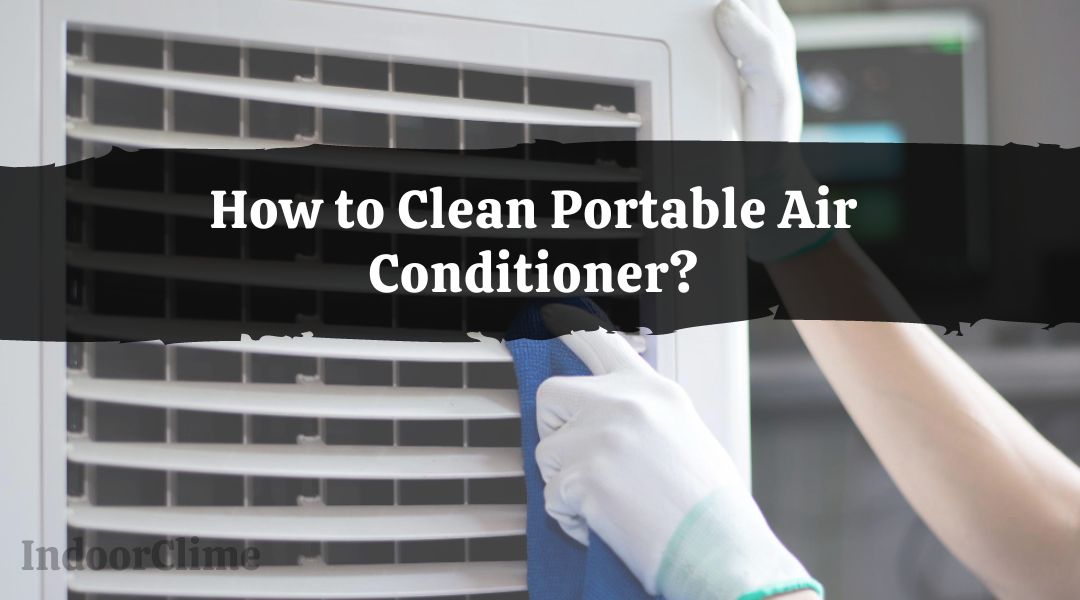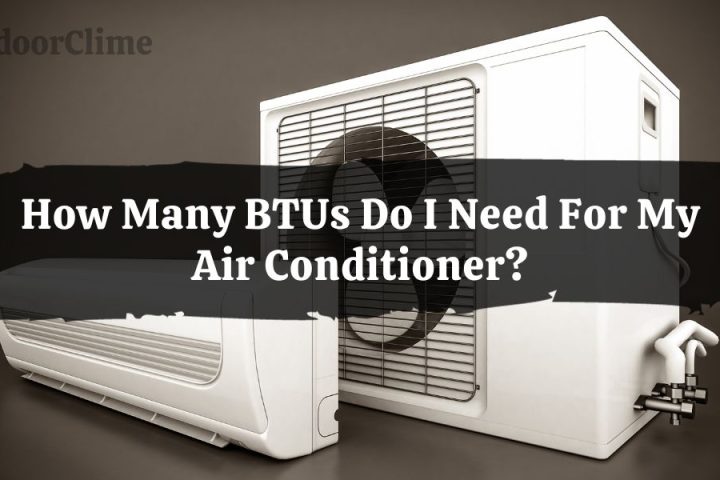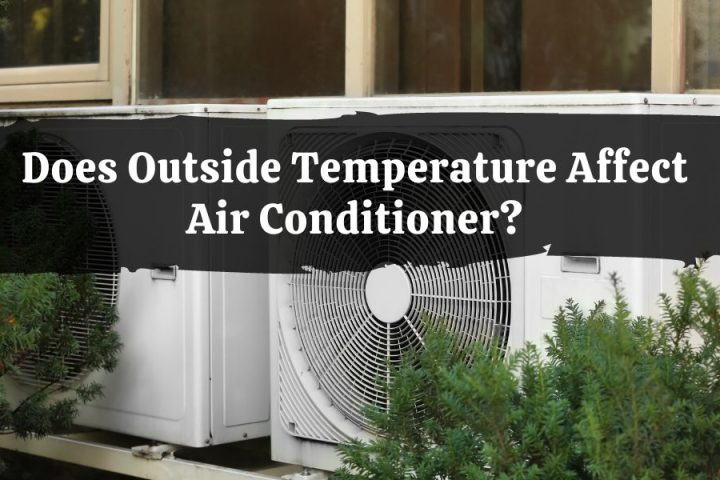Summer is in, and that means hot, sticky weather. So, if you are like me, who cannot stand being inside for long, your portable air conditioner will probably be your new best friend.
A portable air conditioner is perfect for keeping yourself cool and comfortable while out and about under the sun. Many people have turned to this trend to combat the heat. However, cleaning as practical as a portable AC is also tricky.
If you encounter this issue, you are just in time for this article. Before you break out your Air Wick and plug in your new best friend, you should know a few things about properly cleaning a portable air conditioner. Keep reading for helpful tips!
How To Clean Portable Air Conditioners?
Step 1. Drain the water
The first step to cleaning your portable air conditioner is to drain the water from the tank. First, remove the water tank from the unit. Then, pour the water into a sink or drain.
This step is crucial because it will prevent mold and mildew from growing in the water tank.
Step 2. Clean And Replace the Air Filters
The next step is to clean or replace the air filters. To clean the filters, remove them from the unit and rinse them with warm water. If they are filthy, you may need to soak them in vinegar and water for a few minutes before rinsing.
Once the filters are clean, dry them thoroughly and put them back in the unit. If the filters are damaged or excessively dirty, you must replace them.
Step 3. Check and Clean the Coils
After cleaning the filters, you must check and clean the coils. The coils are behind the air intake grille. To clean them, remove the grille and use a soft brush to remove any dirt or dust on the coils.
You may also need to use a vacuum cleaner with a soft brush attachment to remove any dirt or dust that is difficult to reach.
Once the coils are clean, replace the air intake grille and ensure you fasten it securely.
Step 4. Clean Up the Exterior
The last step in cleaning your portable air conditioner is to clean up the exterior. To do this, wipe down the outside of the unit with a soft cloth and mild soap.
Ensure that you unplug the unit before cleaning it and that it is scorched before storing it.
Step 5. Store Your Portable AC Unit Properly
After knowing how to clean a portable air conditioner, learning to store it properly is essential. It would be best to find a cool, dry place to keep the unit doing this. You may also want to cover the unit with a cloth or tarp to protect it from dust and dirt.
How Often Should You Clean Your Portable Air Conditioner?
It would be best to clean your portable air conditioner at least once a month to prevent mold and mildew. However, you may need to clean it often, especially in a dusty or humid climate.
Tips for Keeping Your Portable Air Conditioner Clean

In addition to regular cleaning, you can do a few things to keep your portable air conditioner clean and free of mold and mildew.
Use distilled water in the unit to prevent mineral buildup
If you are in an area with hard water, using distilled water in your portable air conditioner can help to prevent mineral buildup. Because distilled water does not typically contain the minerals that can cause buildup.
Empty the water tank after each use to prevent stagnant water from accumulating.
If you do not plan on using your portable air conditioner for a while, empty the tank and dry it out completely. It will prevent stagnant water from sitting in the unit and becoming a breeding ground for mold and mildew.
Keep the unit in a place that is cool and dry when not in use
When you are not using your portable air conditioner, keeping it in a cool, dry place is essential. It will help to prevent mold and mildew from growing inside the unit.
How Do You Know Your Portable AC Unit Needs Cleaning?
There are a few signs that you can look for to know when it is time to clean your portable air conditioner.
If you see any of the following signs, it is time to give your unit a good cleaning:
- The unit is not cooling as well as it used to: This could signify that the coils are dirty and need cleaning.
- The unit is making strange noises: If the unit starts to make unusual noises, this could mean that something is blocking the fan.
- The air coming out of the unit smells terrible: If the air coming out of the unit smells musty or stale, this could be a sign of mold or mildew growth inside the unit.
- The unit is leaking water: If the unit starts to leak water, this could signify a clog in the drain line.
- The unit is not draining correctly: If water is not draining properly from the unit, this could mean that there is clogging in the drain line.
How Do You Clean the Inside Of a Portable Air Conditioner?
To clean the inside of a portable air conditioner, remove the air intake grille and use a soft brush to remove any dirt or dust accumulated on the coils.
You may also need to use a vacuum cleaner with a soft brush attachment to remove any dirt or dust that is difficult to reach. Once the coils are clean, you can replace the air intake grille and turn the unit on to ensure it works correctly.
How Do You Clean Mold Out Of a Portable Air Conditioner?
If you notice mold growth inside your portable air conditioner, clean it immediately.
First, remove the air intake grille and scrub the coils with a soft brush to eliminate mold growth.
Next, you can remove the mold that is hard to reach using a vacuum cleaner attachment with gentle bristles. After cleaning the coils, you may reinstall the air intake grille and test the unit’s operation.
Can You Wash the Air Conditioner With a Hose?
The answer is yes but proceed with caution. You should only wash the outside surfaces of the air conditioner with a hose.
Do not spray water directly into any openings, which could damage the unit. In addition, avoid using a pressure washer on the air conditioner, which could also cause damage.
If your portable air conditioner has no hose, you can still clean it by following the steps above.
However, you must be careful not to get the inside of the unit wet. Wiping down the exterior surfaces of your portable air conditioner with a damp cloth should be sufficient.





